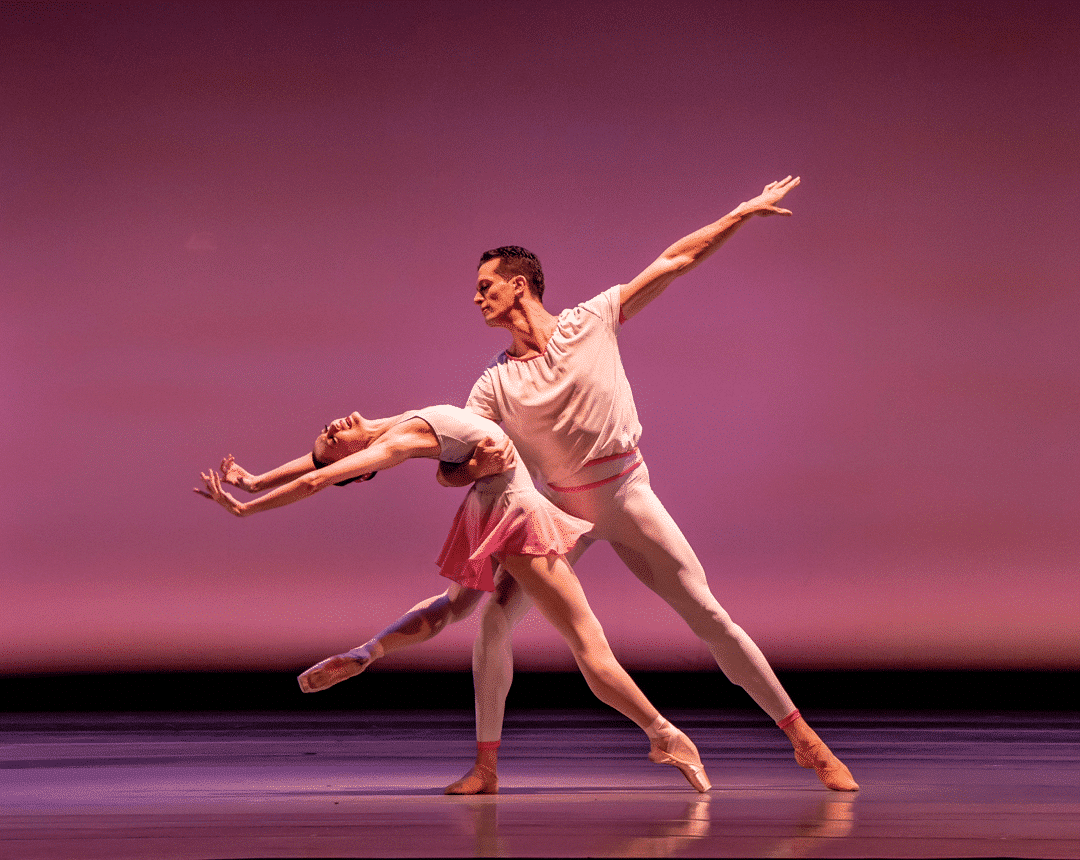
During the coming weeks, we will share thoughts from some of the dancers participating in the Arpino Chicago Centennial Celebration performances. We begin with Dylan Gutierrez of The Joffrey Ballet, which is performing Suite Saint-Saëns on the first program and Round of Angels on the second program.
Dylan Gutierrez, a company artist with the Joffrey since 2009, has danced many roles in the Joffrey’s extensive repertory. Favorites include Death in The Green Table, Basilio in Don Quixote, Prince Siegfried in Christopher Wheeldon’s Swan Lake, Prince Albrecht in Giselle, Main Pas de Deux couple from Wayne McGregor’s INFRA, Sanguinic in George Balanchine’s The Four Temperaments, Justin Peck’s Year of the Rabbit, and the Pas de Deux in The Times Are Racing. Gutierrez has performed several Joffrey world premiere roles including Buffalo Bill and The Great Impresario in Wheeldon’s The Nutcracker, Vronsky in Yuri Possokhov’s Anna Karenina, Stone Furies in John Neumeier’s Orpheus and Eurydice, and Lennie in Cathy Marston’s Of Mice and Men, which premiered in 2022.

Dylan’s thoughts and reflections:
How long have you been dancing professionally? Do you have a favorite choreographer you like to dance?
I’ve been dancing professionally for 15 years. I started at San Francisco Ballet and then joined The Joffrey Ballet in 2009. I just finished my 14th season with the Joffrey.
I would have to go with Justin Peck’s work as my favorite to dance. His ballets speak to me, and his movement style taps into the range of styles I did growing up. It’s super-freeing and full of joy, and I love the challenge of finding more and more in it with every performance.
Is there anything in particular that you found joyful, interesting, or challenging in Mr. Arpino’s choreography?
I think Arpino’s work is also rooted in joy. He seems to have approached things from a very proud standpoint. I think that comes through in his works and catches on with the dancers performing it. I would also say that his work is uniquely American in its freedom, creativity, and opportunity.
What is one thing you learned about yourself while learning Arpino’s Suite Saint-Saëns?
Not so much about myself but I think I learned more about the dancers that came before me. Basically, I learned that the men doing the roles I’ve performed were great partners and could lift. Arpino loved difficult lifts that sort of firework through his pas de deuxs, and every time I learn an Arpino ballet, I’m impressed with the partnering and enjoy the challenge of getting it right.
If you were to meet Arpino today, what would you ask him?
I’d ask him how he managed to get the rights to Prince’s music for his ballet Billboards. That just seems like an epic act of finesse and savvy that I’d love to hear about.
